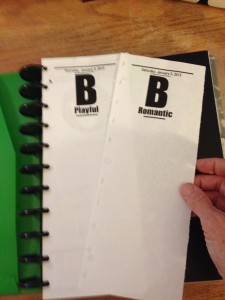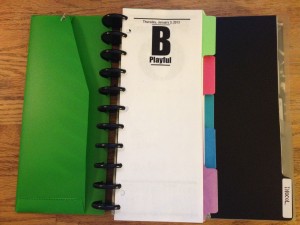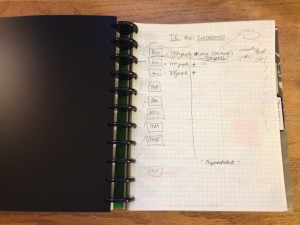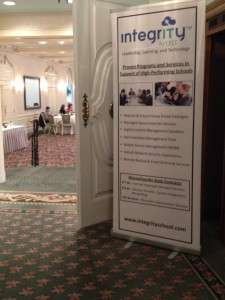 Change: It is always the same. Things are always changing, sometimes at the speed of light. In the blink of an eye, our lives change forever. In fact, change is the one thing that is always constant.
Change: It is always the same. Things are always changing, sometimes at the speed of light. In the blink of an eye, our lives change forever. In fact, change is the one thing that is always constant.
Recently, I have heard how people ‘resist’ change. This is nothing new. People-in general-do not like change. But recently I have been hearing it is educators that are resisting change. I have always thought of educators as those on the forefront, people who want to make change-help their students change. Now, it’s the educators that seem to be grinding their heels in and do not want to change.
But in fact, isn’t that what we are always asking our students to do? Change? Change their ideas, change their mind or change the way they approach a problem they are trying to solve. We are always asking our students to change.
So, if we are asking our student to change, why not change our own approach to teaching? How about incorporating something new into our instruction methods?
Pirates with Passion
Today I read an article mentioning how Pirates are more likely to embrace change and challenge convention. “Being aggressive, egocentric, or antisocial makes it easier to ponder ideas in solitude or challenge convention,” says Dean Keith Simonton, a University of California psychology professor and an expert on creativity. Hum, sounds like a Pirate’s life to me. Dean Simonton goes on to add, “Meanwhile, resistance to change or a willingness to give up easily can derail new initiatives.” This sounds to me like those educators complaining about change and resist any new initiatives coming into ‘their classroom’.
Just as we ask our students to have passion, be tenacious, change-the-game, and embrace new ideas we instructors need to do the same. In order to do this, we need to be willing to change. We need to be willing to try something new. Maybe embrace a Pirate’s life a bit more.
Well-Traveled Pirates
Pirates get around, they are well-traveled. They are able to synthesize their actions via their experiences, which are usually diverse. And diversity leads to breadth and depth in being able to problem solve.
In Beijing, I taught the International Baccalaureate [IB] Visual Arts curriculum and that curriculum demands the art student breaks out of their molds and seek out new artists to explore and research. I had students who were technically amazing, but had trouble breaking-out of their regular routines and artistic methods.
It was my job to get them to become better pirates; test new techniques, interview a variety of artists, explore new galleries and museums, and take advantage of their travels. In other words: be pirates and even to be better pirates. The art students who succeeded, inevitably were successful with their artwork and ultimately with their final IB scores.
So, how can you learn to embrace change and have it work for you, instead of always resisting change? Because, if you don’t-isn’t that just always the same?
 The disc system allows the pages to be inserted [or removed] at any point within the book/journal. The special punch can put the gripping system into any page and allows the creation of any type of book.
The disc system allows the pages to be inserted [or removed] at any point within the book/journal. The special punch can put the gripping system into any page and allows the creation of any type of book.




